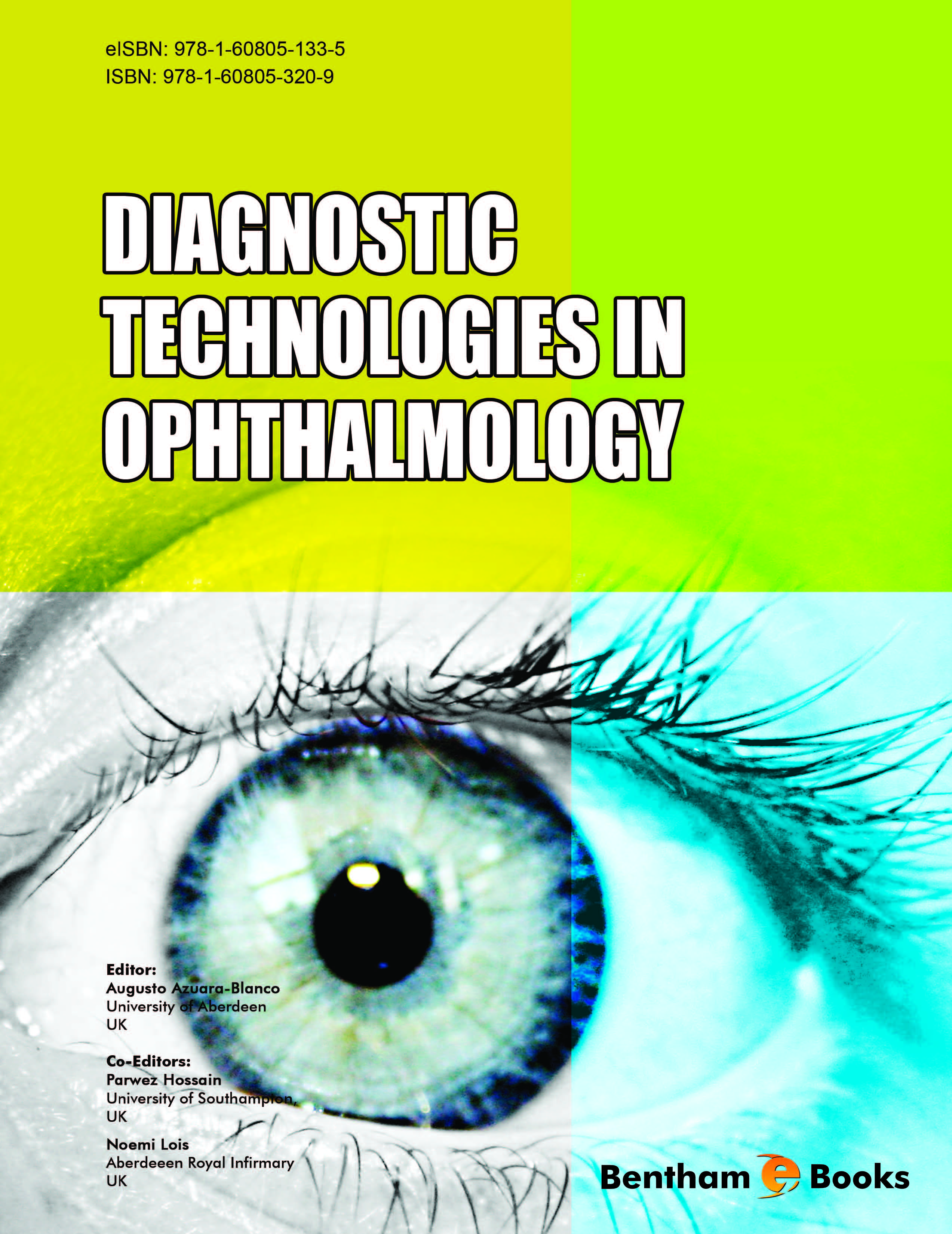Foreword
The new diagnostic technologies in eye care offer both huge opportunities and challenges. The goal of increasing number of more sensitive and reliable tests is to make earlier diagnosis and consequently improve patient outcomes. However, as simultaneously all countries are struggling with health care costs that are growing too large and too fast, there is a desperate need for high quality research to aid clinical decision making as to which is the best, most equitable and cost-effective way to spend the money. This eBook on diagnostics tests in ophthalmology aims to assess the criteria when to adopt new diagnostic technologies as well as when to abandon old and new diagnostic tests.
The best evidence of efficacy of all interventions is reached by randomized controlled trials. Randomized design has been widely applied in therapeutic studies but has been so far mostly non-existent in studies related to case finding, diagnostics tests and care practices as well as economic evaluation which deals with establishing a relationship between health effects and costs of the whole treatment process compared to another treatment process (efficiency).
A lot of unnecessary medical costs arise from the adoption of rapidly emerging and usually more expensive technologies which often enter clinical practice without adequate evaluation of their cost-effectiveness, especially in diagnostics. The optimum number of diagnostic tests in many eye diseases is not known, i.e. how many tests are enough and what number may represent over-testing with no additional gain incurring unnecessary expenditure. Earlier diagnostics may also lead to pseudo-disease, i.e. a disease that would never become apparent to patients during their lifetime without the diagnostic tests. In addition, majority of diagnostic studies have been performed on preselected patient populations, which may lead to over-optimistic results. The data of sensitivity and specificity of diagnostic tests in unscreened populations are often limited. Diagnostics studies may also suffer from lack of a true golden standard, e.g. in glaucoma where follow-up would probably represent the best option for golden standard.
Advanced diagnostic technologies and more frequent testing lead to more diagnoses - and more diagnoses lead to more treatment. With the shift in the spectrum of detected disease, newly detected cases will in general be milder cases and outcomes will seem to improve, which in turn will stimulate physicians to do even more testing. However, it is particularly the cumulative effect of small changes to clinical practice (e.g. adding a new diagnostic test or therapy) that has a massive impact on health care budgets.
Diagnostics offer large and highly elastic and expandable markets in common and often lifelong conditions which applied in early phases are usually less serious. For e.g. the definition of 'safe' intraocular pressure (IOP) that can easily be modified with huge increases in patient populations, ocular hypertensive patients are about 10 years younger than glaucoma patients and will therefore need tests 10 years longer; the increasing number of diagnostic tests and frequent follow-up testing in turn increase the possibility of finding at least some abnormal results among numerous new parameters and a third party pays for them in many countries.
At present, contrary to our beliefs, many health care decisions may be driven principally by values and resources (opinion-based medicine) or marketing strategies rather than by need or evidence-based medicine (EBM). Although EBM is so far the best tool for systematic critical appraisal of the literature, its methodology needs to be constantly evaluated and improved, too. It seeks the 'truth' without bias but is dependent on the quality of the evaluated studies. Guide lines based on best evidence may cause bias by positive phrasing of statements or recommendations for an intervention which – despite of low evidence – may more often lead to action than a negative recommendation (against for) an intervention would do. Due to different cultures and decision-making processes, different decisions may also result from the same evidence.
The most important question is, of course, whether the lower threshold for earlier diagnostics and more tests – despite the increase in costs – would be cost-effective in the long run in preventing visual disability. Such studies are not available at present. This eBook boldly attacks the challenges of diagnostic studies in eye care and offers many useful tools for clinical practice as well as suggestions for gaining high quality evidence in future.
Professor Anja Tuulonen (Finland)

